Are Persian carpets more expensive than other types of carpets, such as oriental carpets? There is no question that the design and quality of the carpet influence the price that it commands.
persian carpet designs
Hand-weaving was a highly regarded artistic practice in the ancient Persian Empire, which is where Persian rugs got their start. Greater Iran encompassed parts of the Caucasus, West Asia, Central Asia, and South Asia at various times throughout its history. At the moment, the most significant connection is with Iran. An Iranian carpet dating back to the fifth century BC holds the record for the world’s oldest carpet that is currently in existence. The intricate craftsmanship of Iranian carpets earned them a reputation for being among the world’s most luxurious right from the start; they made their first appearance in written Greek writings about 500 B.C. 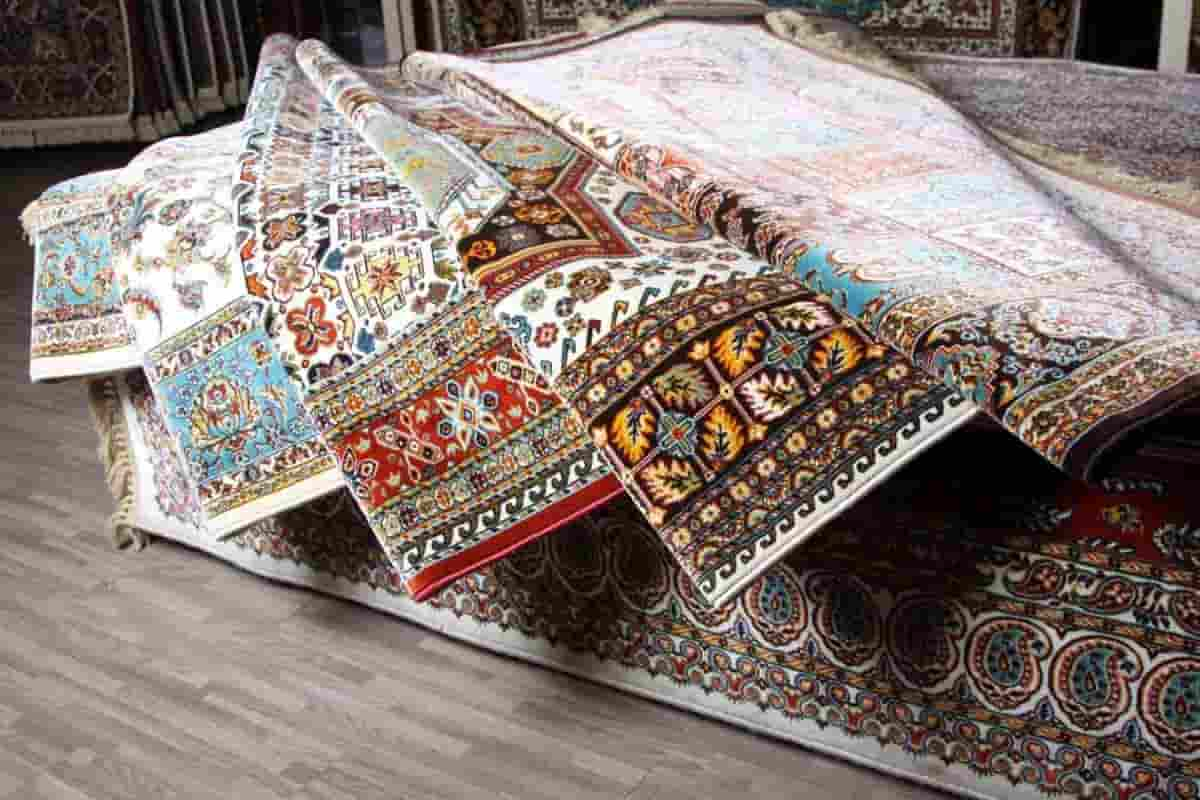
Oriental carpets
Persian carpets are one of the finest Oriental carpets that are produced in various patterns and designs. Here are some examples of Persian carpets. Esfahan Esfahan is located in the midst of the west-central region of Iran. The rugs of Esfahan have received and continue to get a significant deal of international recognition. Esfahan was a notable center of art under the reign of Shah Abbas in the 16th and 17th centuries because Esfahan served as the capital city for several Safavid Dynasty monarchs, including Shah Abbas. As a result, Esfahan is home to a large number of magnificent structures, including mosques, palaces, and other architectural marvels. These architectural characteristics have had a substantial impact on the rug patterns of Esfahan. Typical designs featured in Esfahan carpets include geometric medallions, trees with animals, and depictions of people and the natural world. Occasionally, these designs are inspired by Safavid miniature art. A single Esfahan rug generally incorporates more than 15 distinct tones. The most common colors, such as turquoise, navy blue, red, beige, and a light mushroom color. In addition, Esfahan carpets are identified by a specific shade of terra cotta red that appears in the field, border, and highlights. Numerous carpets in the series feature this shade. This unique, crimson-colored pigment is derived from an insect called cochineal. Farahan Farahan is located in the west central region of Iran, to the north of the city of Arak. It is renowned for the intricately knotted rugs it made in the late nineteenth century. Although the vast majority of Farahan rugs feature a geometric pattern, the region also produces a small number of curvilinear carpets. These high-quality rugs can be roughly divided into two major groups. The first group is characterised by a pattern that is repeated indefinitely or over the entire cloth, with patterns such as the Herati or boteh design. Both the herati, which is the most prevalent design, and the herati, which is the most prevalent design, are commonly woven into hexagonal panels. The second style, known as Sarouk-Farahans, is distinguished by its typical Persian design and medallion pattern. This type has a name as well. The medallions’ embellishments may take the shape of a giant hexagon, diamond, or oval and be adorned with massive designs. In the realm of these carpets, the herati and gol hannai designs are two of the most common motifs. Gabbeh Antique Persian rugs known as gabbehs have a dense pile, a simple geometric design, and a tribal or rustic look. The rugs are produced by nomads in the Fars province, notably in the neighborhood of the well-known city of Shiraz. The appearance of Persian Gabbehs was documented during the era of Shah Tahmasp, who ruled Iran for 53 years and was the second king of the Safavid dynasty, even though Antique Gabbehs are not much older than 100 years. Gabbehs of antiquity are not much older than 100 years (1502-1736). To honor and welcome King Homayun of India, who had sought refuge in Iran, he approved the use of Gabbeh rugs in addition to other types of rugs. Gabbehs, like many other varieties of Persian carpets, are woven from wool that is hand-spun in the region and dyed with natural pigments. Typically, Gabbeh weavers use simplified versions of human, animal, and tree motifs in their designs. They get inspiration for their drawings from their ideas and the world around them. The designs on Persian gabbehs, which are typically believed to have a tribal aesthetic, have become increasingly abstract and cubist over time, giving them a very contemporary appearance. 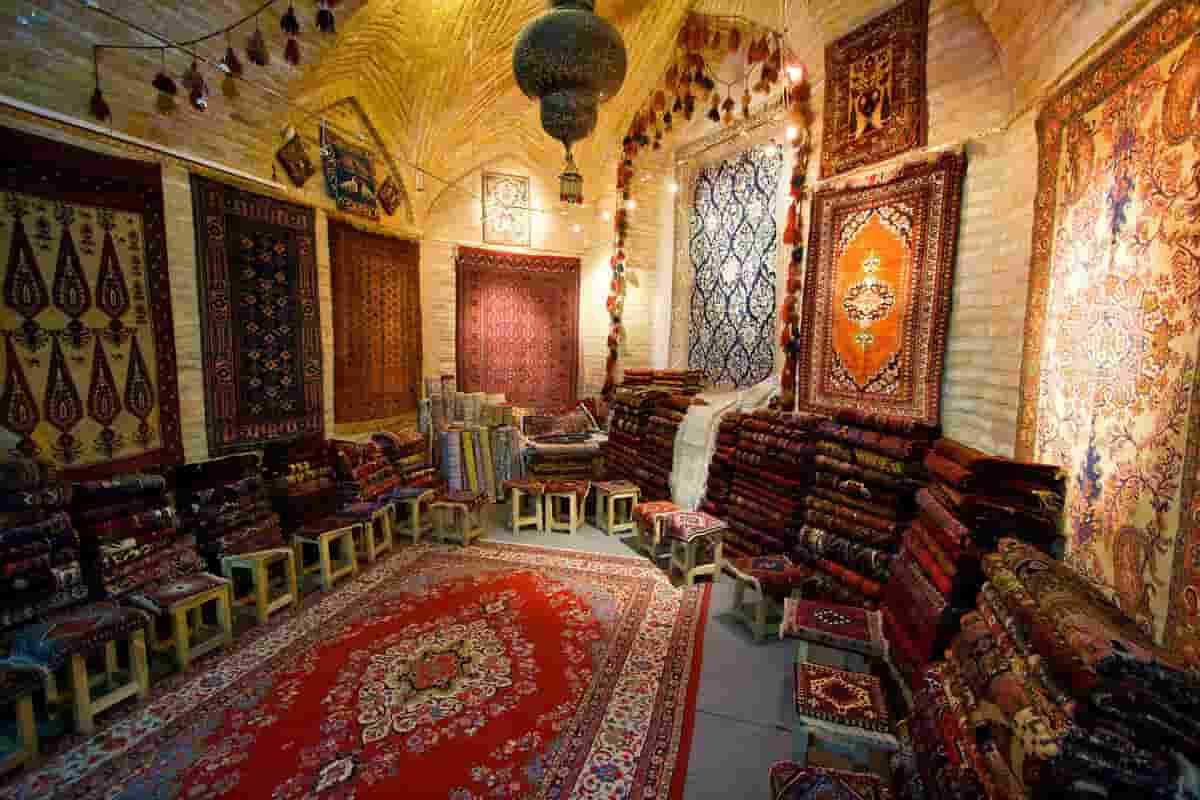
Persian expensive carpets
Heriz / Serapi Heriz rugs are among the most well-known and sought-after Persian carpets that are created in Iran and are relatively expensive. This is largely due to the fact that its design is one-of-a-kind and very easy to identify. Near the city of Tabriz, which is considered to be one of the most significant centers for rug-weaving in Iran, lies the city of Heriz. Heriz is located in the northwestern section of Iran. The majority of the time, Heriz rugs will feature enormous geometric medallions that are placed on a field that is either a dark blue, rich crimson, or rust color. Rust is also a common color for the background of Heriz rugs. The design is virtually always geometric, however,r some Heriz carpets have an all-over arrangement that usually incorporates geometric floral motives as well as curvilinear floral motives less frequently. This arrangement can be seen on some but not all of the carpets. As a result of the region of Heriz’s proximity to the Caucasus, many of the carpets produced there have hues and designs that are analogous to those found in Caucasian rugs. The most common colors are brownish red, light and dark pink, light and dark blue, greens, yellows, and ivory. Other common colors are brown, light, and dark blue. Other frequent hues include shades of blue ranging from light to dark. In most cases, the addition of the color blue and the color ivory will result in greater contrast. Under the brand name Serapi, higher-quality carpets with a Heriz design that are believed to have been woven in the years prior to 1900 are offered for sale in the market. Heriz rugs of the highest quality that are available for purchase in the United States are referred to by the brand name Serapi. The name Serapi was first spoken in the region known as Serap, which is also the name of the place of origin. In addition, it has taken on some of the characteristics of Caucasian carpets and may be discovered in the most northern portion of the Iranian country. 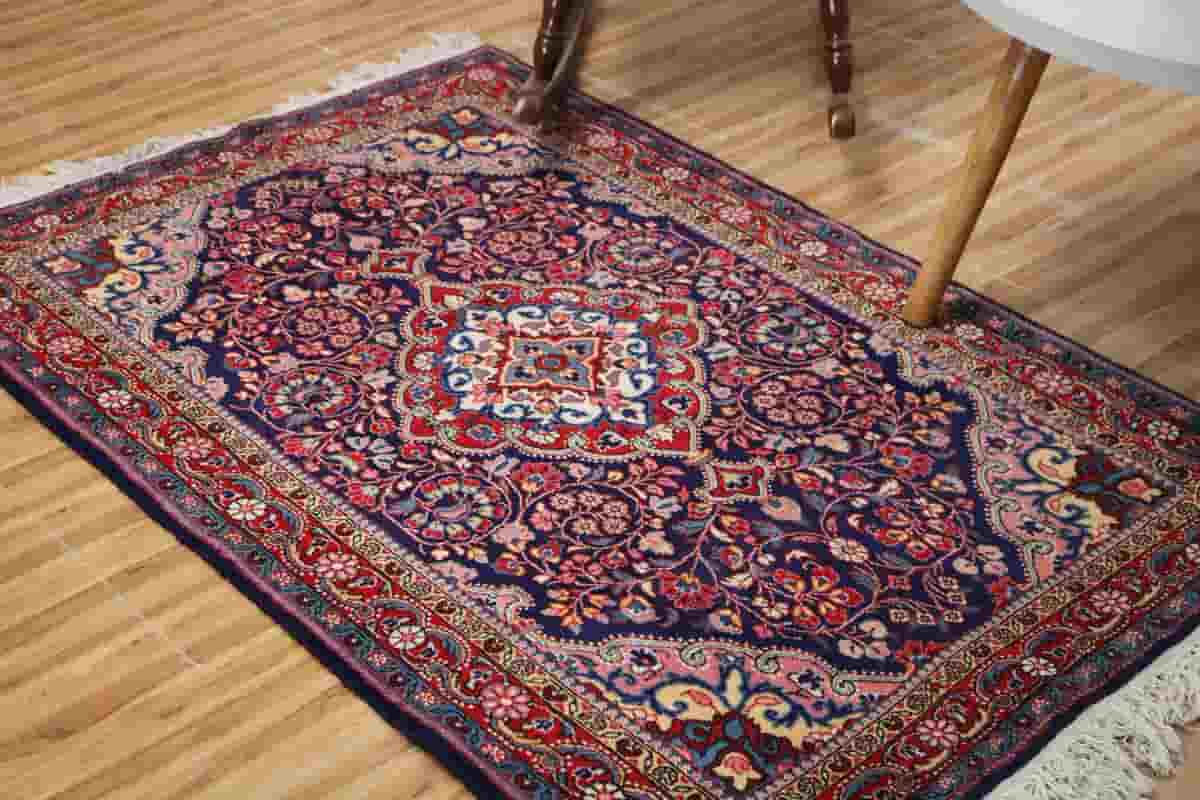
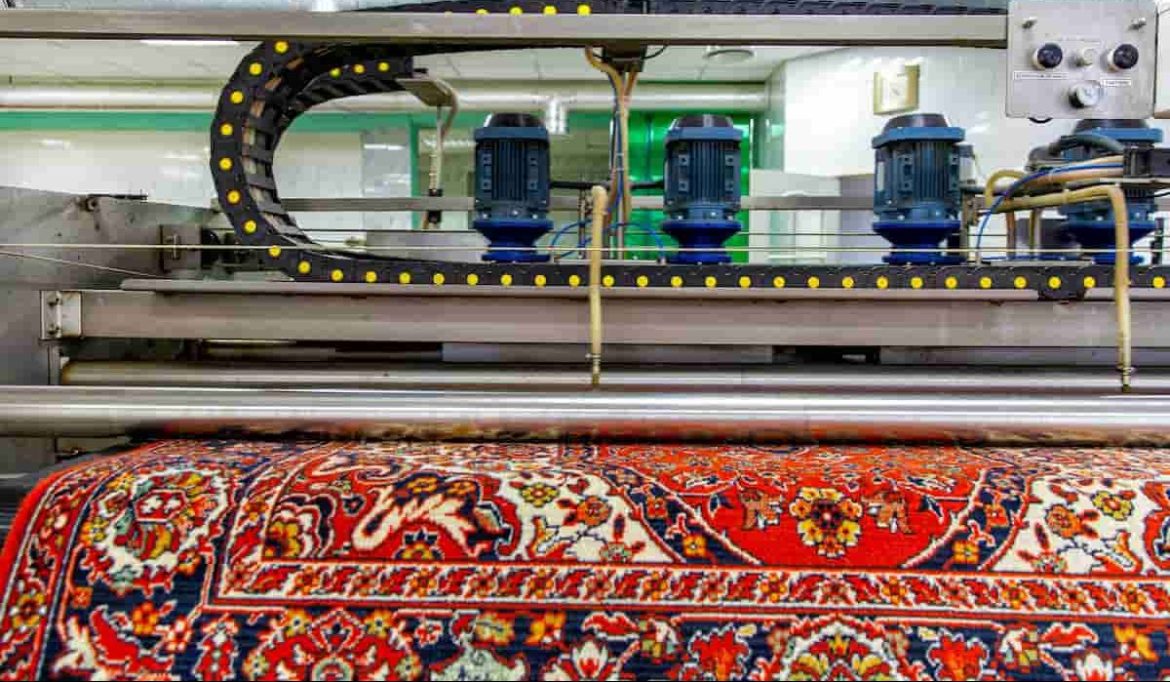
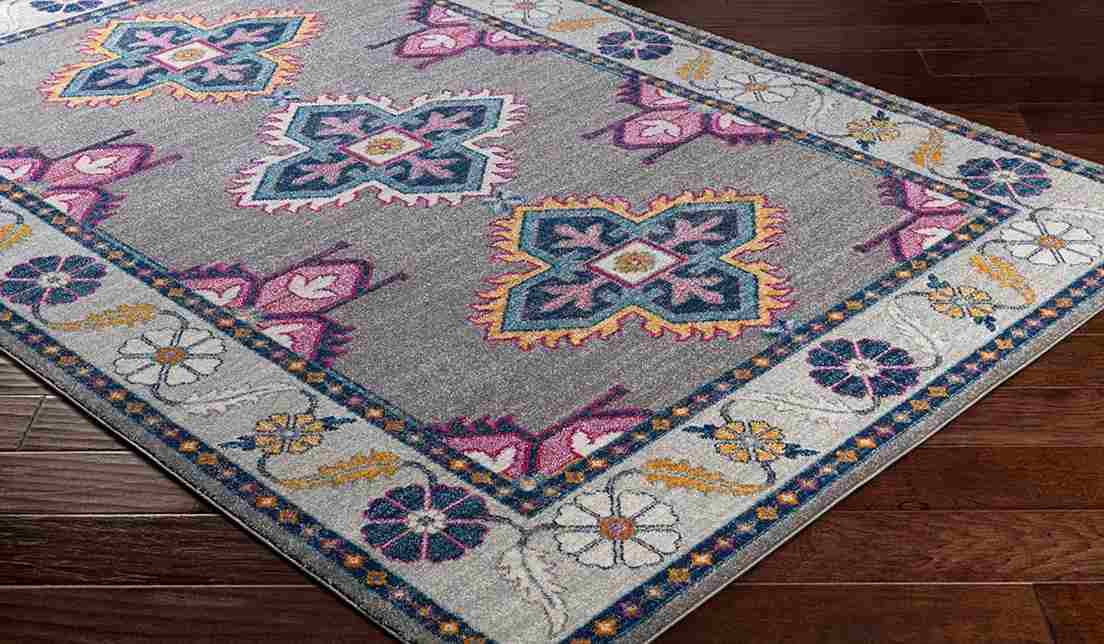
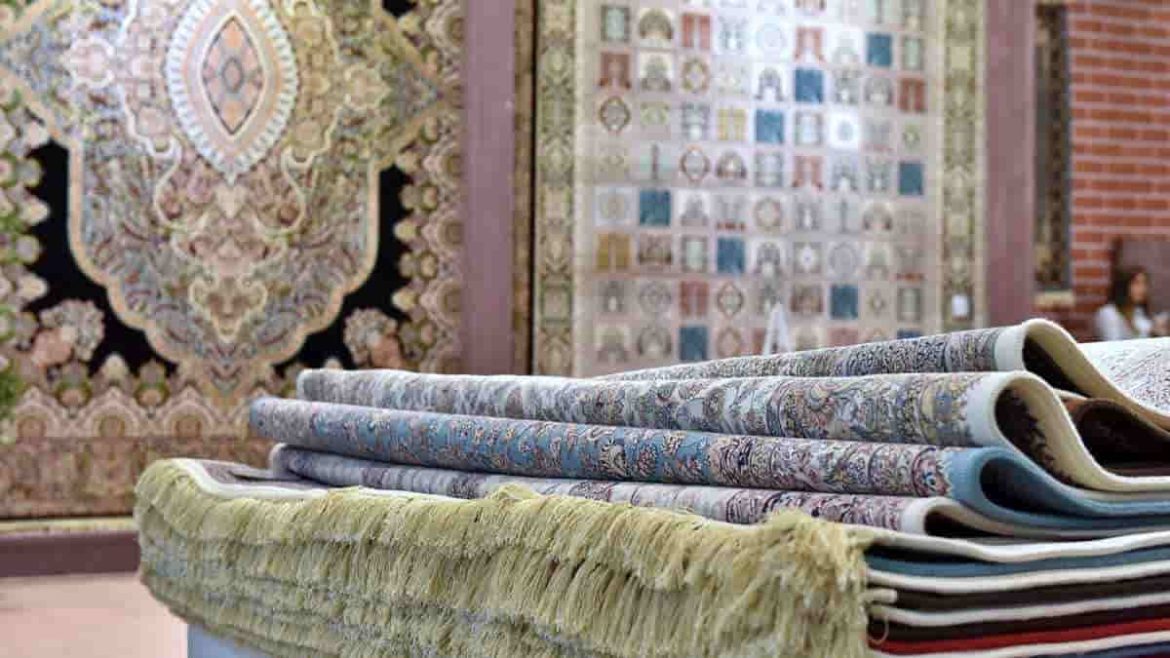
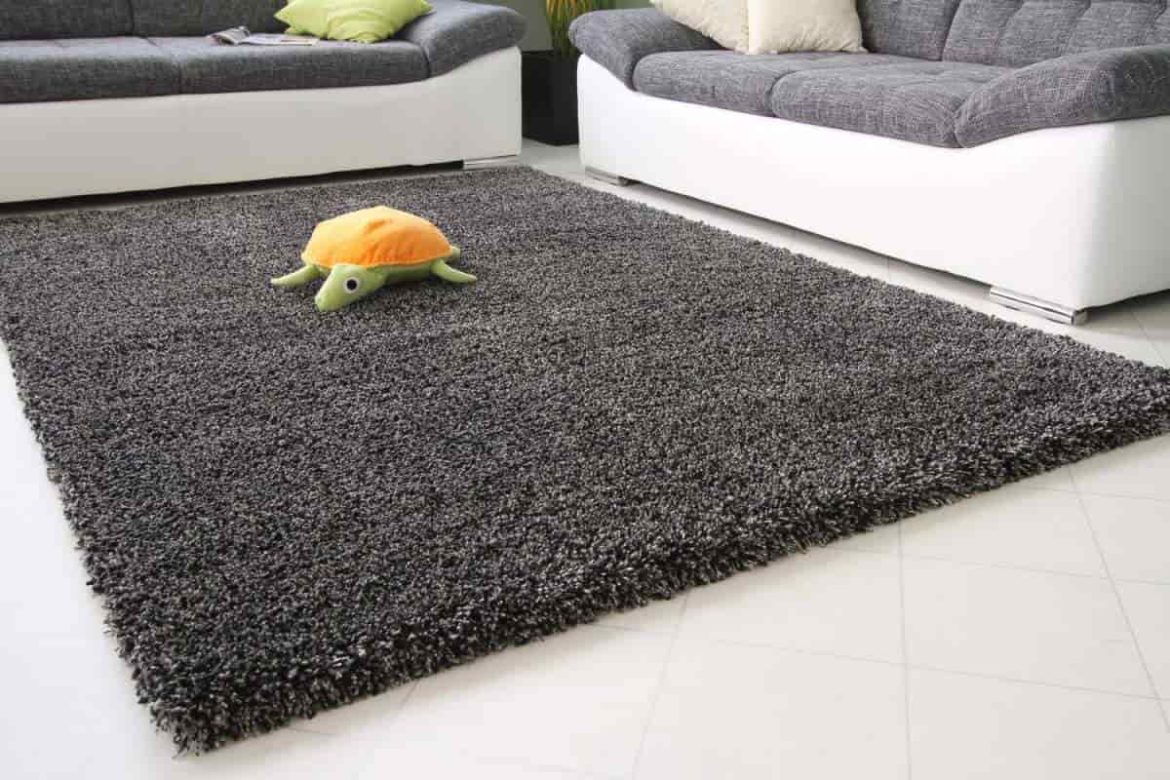
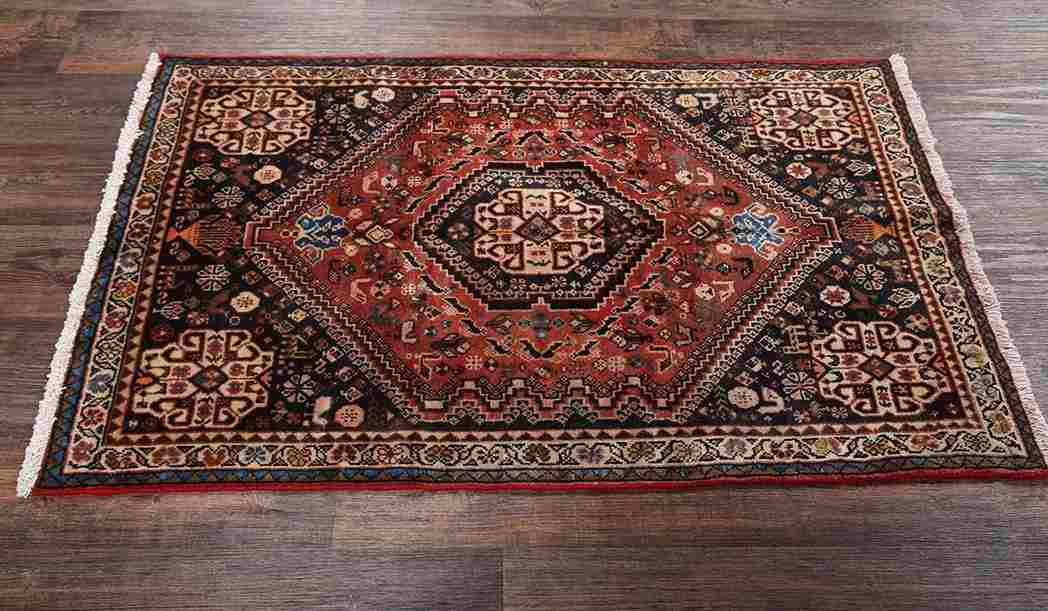
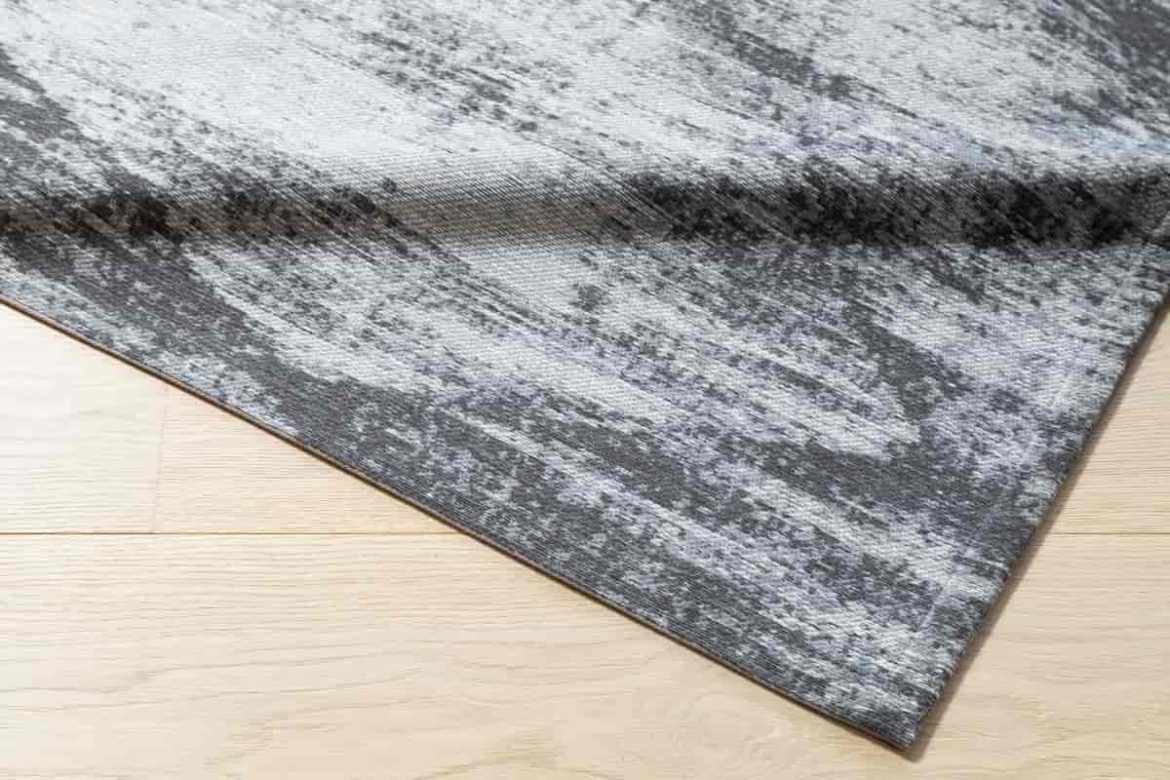
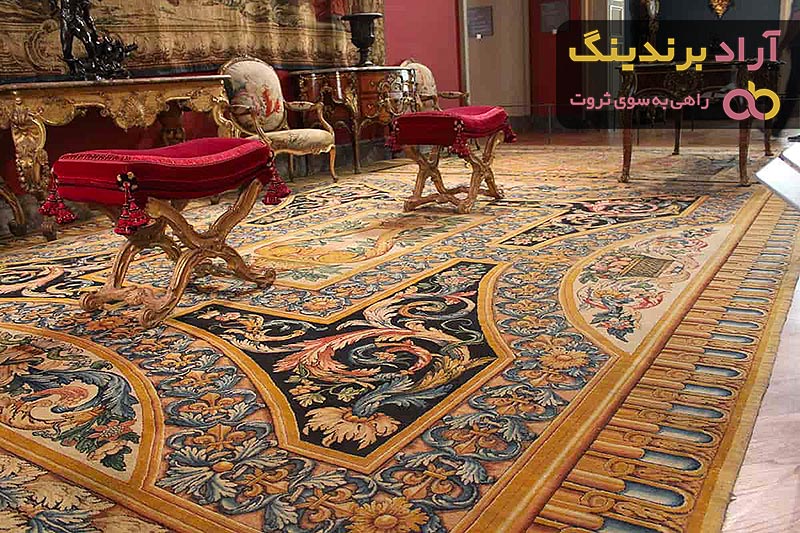
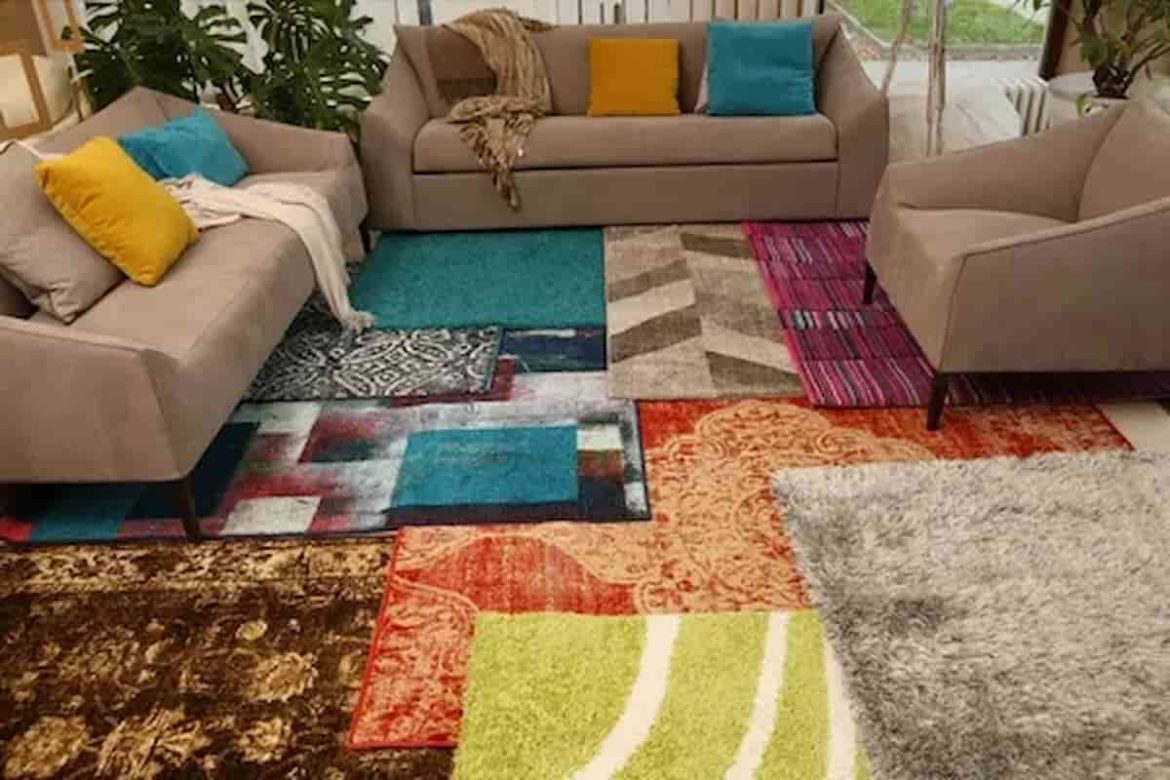
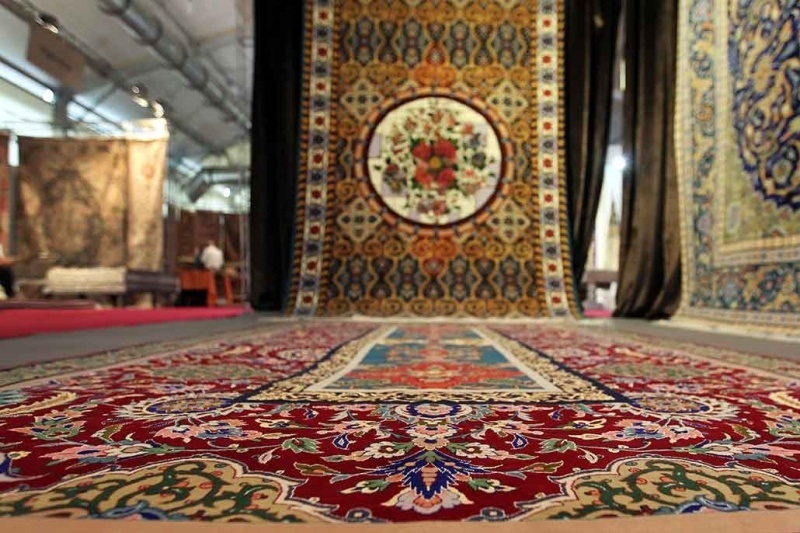
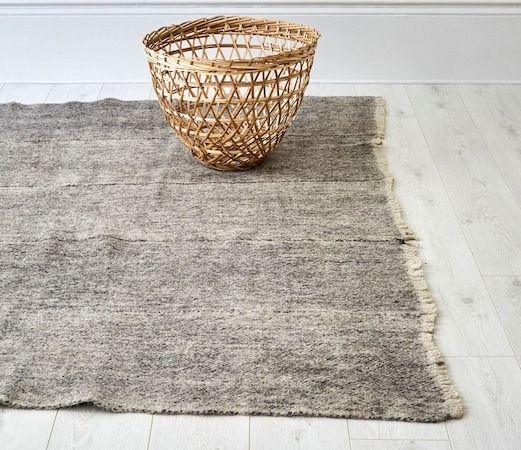
Your comment submitted.